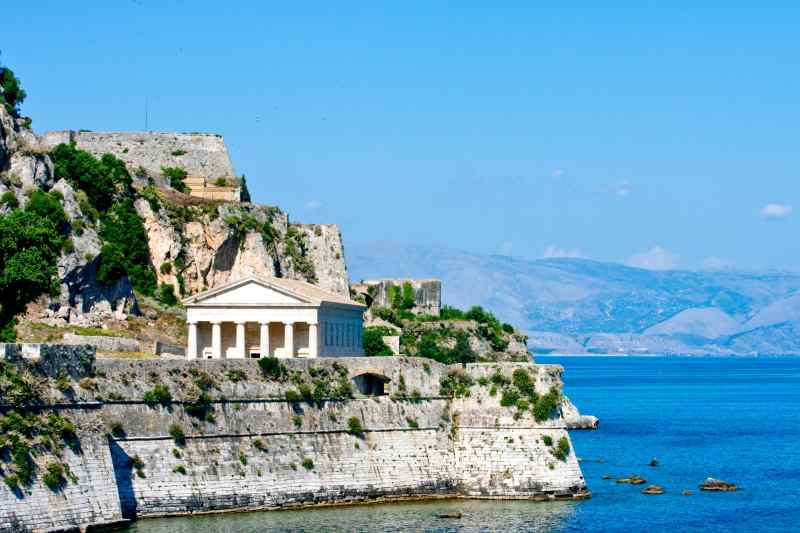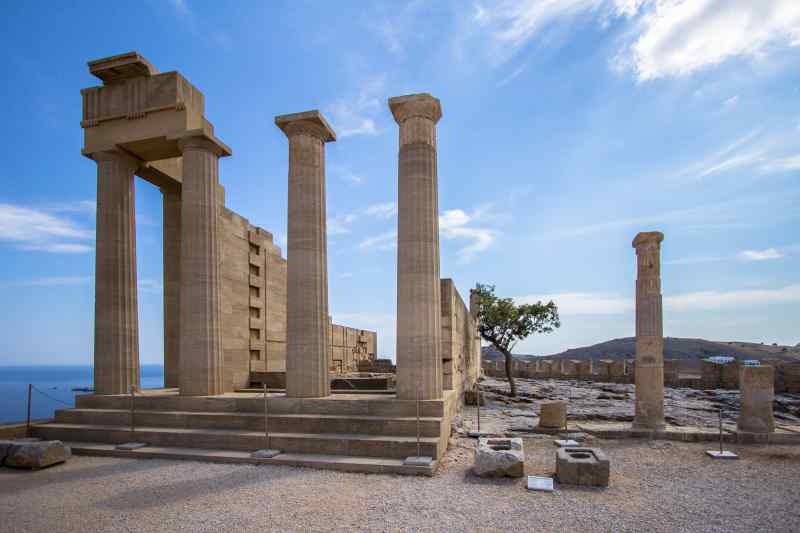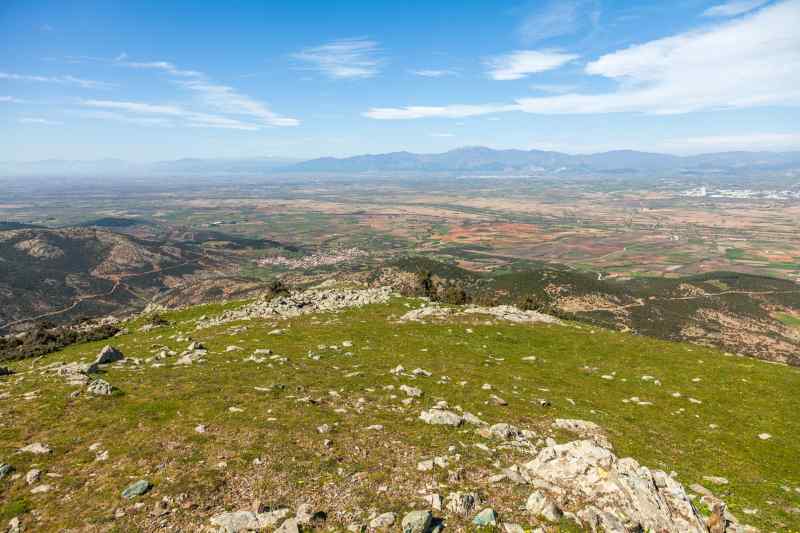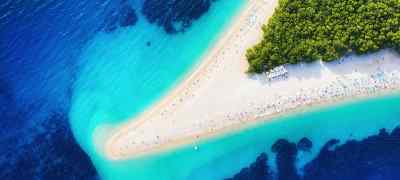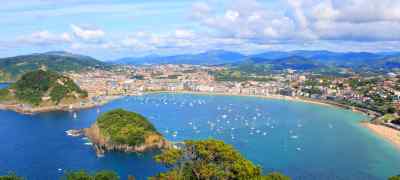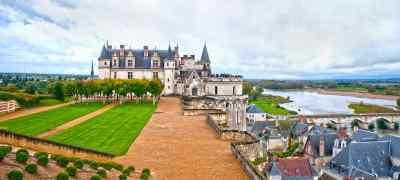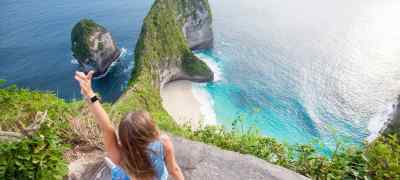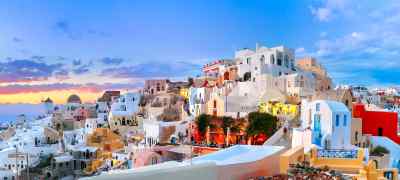By Soren Rivero
If you’ve ever taken a literature or Greek mythology class, you’ve probably heard of Homer. The Greek poet is one of the most influential authors in history, writing the great works of Odyssey and Iliad. These two legendary tales have become quintessential parts of literature worldwide and have thus influenced other books, movies, and even video games.
What you probably didn’t know, is that you can see some of the key places from these two epic poems when you visit Greece! Keep reading for a few noteworthy ones, in no particular order.
Scheria from Odyssey (Corfu, Greece)
The island of Scheria in Greek mythology was the homeland of the Phaeacians, located just off the west coast of Greece. Odysseus from Homer’s Odyssey crash lands on the island after the Greek God Zeus destroyed his sail. This happened during Odysseus’ ten year journey following the Trojan War, after which he departed from Calypso. The Phaecians were known to be hostile people, though Odysseus was able to bargain his life after his rescue at the hands of Princess Nausicaa.
The mythological site of Scheria is somewhere along the mid-Atlantic ocean. Following the trail that Odysseus had taken, we now know that Scheria was closely associated with the modern day island of Corfu. You can take a 90~ minute ferry ride from Athens to Corfu to explore the island where Odysseus told the Phaecians of his adventures.
Lindos from Iliad (Rhodes, Greece)
Located south of Athens is the historic island of Rhodes, and on the island’s eastern coast is the ancient city of Lindos. The city played a significant part in the Trojan War of Homer’s Iliad, even if the city’s efforts weren’t recognized as such. Homer suggests that there were approximately ten ships sent from Lindos to aid in the Trojan War between the Greeks, led by Agamemnon, and the Trojans, led by King Priam. Alongside thousands of other ships and our favorite Homeric heroes (like Achilles and Odysseus), the Greeks sailed across the Aegean Sea to bring back Helen from Priam’s control.
Lindos has also played an important part in other aspects of Greek history, and as such there are many monuments to visit in Rhodes. The most famous of which is the Lindos Acropolis. Making the climb up, you can find Athena Lindia. This historic monument was supposedly visited by Helen of Troy and Hercules.
Cicones, Ismarus from Iliad (Komotini, Greece)
After battling for nine years against the Trojans, Odysseus and his crew departed from Troy. They were originally instructed to return to the ship as soon as they could. The rush from the previous battle (and their decision to drink) influenced them to stop at Ismarus. They would then ransack the towns of Cicones, losing a couple of men to counter attacks.
Historians presume that Ismarus is synonymous with Lake Ismarus. In modern times, the lake is identified as Lake Mitrikon. It can be found in the region of Komotini in Greece, between East Macedonia and Thrace.
Aeaea from Odyssey (Paxos, Greece)
After departing Scheria, Odysseus and his men continue their journey. They run into an incredible amount of trouble, particularly the Laestrygonians (man-eating giants) who destroy almost all of their ships. This forces the group to take shelter on the island of Aeaea, where Odysseus later meets Circe, the daughter of the sun-god Helios. The sorceress curses his men, turning them into swine, and entices Odysseus to become her husband. He stays locked under her spell for about a year until he musters up enough strength to leave the island.
The mythological island of Aeaea has been identified as the island of Paxos. This beautiful and calming island is located just under Corfu and is also a member of the Ionian Islands. It isn’t as packed with tourism as some of the other islands in Greece, making it especially pristine and tranquil.
Ithaca from Odyssey (Ithaka, Greece)
The final destination of Odysseus’ brutally long journey is his homeland of Ithaca, where he was king before having to leave for the Trojan War. The Phaecians find Odysseus at Calypso’s Island (near Italy) after all his men were killed, and then bring him back to Ithaca only to abandon him later. At the same time, Telemachus sails from Pherai to Pylos, making his final stop at Ithaca to join with Odysseus. The former king fights his way through palace challenges and, with the aid of Athena, wins back his throne.
A statue of Odysseus greets visitors upon landing at a central port in the island’s city of Vathi. It’s a great place to take pictures so you can boast to your friends that you met the legend himself. You can also visit the Cave of Nymphs, where the Phaecians decided to abandon Odysseus before his trials at the palace.
Now that you know some of the locations from the Odyssey and Iliad, are you ready to visit them in real life with a trip to Greece?

